When you decide to invest in Zoho support, whether that’s an ongoing, monthly support contract or hourly support agreement, your business gets timely, professional service for software updates, break/fixes, bug fixes, new feature development, and a lot more. From right-the-first-time answers for ‘quick questions’ to assistance with long-term Zoho ecosystem planning and support to meet your business goals, we’re talking today about all the things you should know about software support plans from ZBrains.
What is software support?
Zoho support plans typically take one of two forms; long term support and incident-based help. We like this simple definition as a starting point:
“Software support services are generally technical support or break/fix services that are delivered for specific software products. These services include revenue derived from long-term technical-support contracts or pay-as-you-go, incident-based support. Software support services typically include remote troubleshooting capabilities, installation (implementation) assistance and basic usability assistance.”
It’s easy to see the scenarios in your business where a support plan for Zoho CRM, Zoho One, or your custom Zoho solution could come in handy; however, have you considered all the possible ways that investing in Zoho Support can benefit your organization?
What do Zoho support services at ZBrains include?
[caption id="attachment_4906" align="alignleft" width="400"]
 If you are already using Zoho, ask yourself if now is the time to start using your support plan to further your business initiatives.[/caption]
If you are already using Zoho, ask yourself if now is the time to start using your support plan to further your business initiatives.[/caption]
1) New product implementation services
If you are already using Zoho, ask yourself if any of these scenarios sound familiar:
-
- Is now the time for phase 2 or phase 3 of diminishing siloed data in your organization? You can implement those solutions through your support plan.
-
Is it time to reduce double data entry by integrating your CRM and financial software solution?
- Or perhaps you need to cut down on double data entry from your e-commerce solution? We offer a full range of 3rd party integrations, and can even build a custom integration to suit your needs! We integrate Zoho and Shopify as one example.
2) Zoho product updates
Maybe you have an associate or in-house resource who’s in charge of keeping IT solutions operating seamlessly, but Zoho or your customized Zoho application like FieldTech is just a little outside their wheelhouse. Stay on top of update installations and just email or call the ZBrains Support Team whenever you need help in this area. We’ll help you keep running smoothly through every, numerous, Zoho update!
3) Proactive, not just reactive services
We believe proactive planning is one of the greatest functions of any ongoing support plan. We like to plan quarterly sessions with our clients. This ensures that we know your current business goals. Then your Zoho ecosystem is charged and ready to take on success! Your business won’t miss a beat.
Because we’re a Certified Zoho Partner, we have great insight to what’s coming up from Zoho that you could potentially use, too. This takes the guesswork out of what you ‘could do’ and helps maximize the value of your Zoho purchase.
And don’t forget, you’re getting a personalized level of support in any situation.
4) Support for custom applications
Maybe you’re using a custom application that doesn’t work well with Zoho, or you’ve already optimized for your custom needs with a Zoho Solution. Support services can help you keep them always running optimally.
Whether we built it, or are inheriting a solution built by others, our support team can solve complex problems in applications that might not be working optimally for you now.
5) Product or feature implementation
Current ZBrains clients know this because they’ve been through the Business Process Analysis with us. And because we use this process with each client, we understand your business, we know your business, and we can advise on best practices of how a Zoho feature can be applied to what you do and how.
Software support contract pricing with ZBrains
[caption id="attachment_4904" align="alignleft" width="400"] Why would you want hourly support and a monthly support plan from ZBrains? Having control over your costs is just the start![/caption]
Why would you want hourly support and a monthly support plan from ZBrains? Having control over your costs is just the start![/caption]
We make it really easy with two options, an hourly support contract, or a monthly one. We offer these options to give you the best solution for your business.
Many clients opt for both and here’s why:
Their monthly plan gives them access for break-and-fix when they don’t have a dedicated in-house resource, and then they use the ad hoc hourly service to optimize, take advantage of new features, or plan future initiatives.
Let’s talk about the benefits to each, and you’ll see how they can fold together for the best coverage and control of expenses.
Hourly Zoho Support Plans
At ZBrains, our hourly support contracts include the availability of consulting services for your projects that require additional Zoho customization, integrations with other software systems, even our proprietary integrations for software like QuickBooks!
We recommend this service for experienced Zoho users. Also, for businesses that already have a dedicated resource for Zoho needs, but might need occasional assistance with highly technical aspects of Zoho. Additionally, we recommend this for very small businesses with simplified systems that are not heavily customized. You can use hourly support as needed. Support hours are sold in blocks of 8 hours, and expire one year from purchase. With your Zoho Support Hours from ZBrains, you can:
-
- Dedicate some of your hours to education/training to stay on top of the ever-changing and improving Zoho experience.
- Use your hours for quarterly planning and support your business growth plan.
- Earmark some of your hours to new implementations and take them bit by bit for better user adoption.
- Plan to use some hours to break fixes. Now, your teams aren’t left hanging when something isn’t working quite right.
You can be proactive with hourly support! It gives dedicated time toward understanding and implementing best practices, and lets your optimizations become incremental instead of large projects that need more time. Take time now, and complete more, smaller work items over time, and next thing you know, you’re more agile.
Monthly Zoho Support Plans
We recommend this plan for clients with no in-house resources, highly customized solutions, and/or who have a lot of Zoho-to-Zoho integrations.
-
- The greatest benefit to investing in monthly support is stability: you control and anticipate the expense of break-and-fix service, and ensure your Zoho system is always primed for peak performance with no surprises.
Both of these options help with reaching your business goals in a measured manner. They keep you aligned with a budget, and keep you on top of the game in terms of your Zoho ecosystem and business operations. Still unsure what the best approach is? Our team is always here to talk through it with you – just let us know!
ZBrains makes Zoho support straightforward and accessible
Zoho Support, Zoho CRM Support, and more are all just an email away. At ZBrains, our Zoho Certified Consultants and Developers are US-based, and with a simple email to our Support team, your ticket (via Zoho Desk, of course!) gets routed directly to the person or people who can help.
We hope this article has been helpful in understanding what Zoho Support with ZBrains can do for your organization. If you’re already on a plan and have questions – let us know. Or if you’re new to Zoho Support from ZBrains – get in touch today!



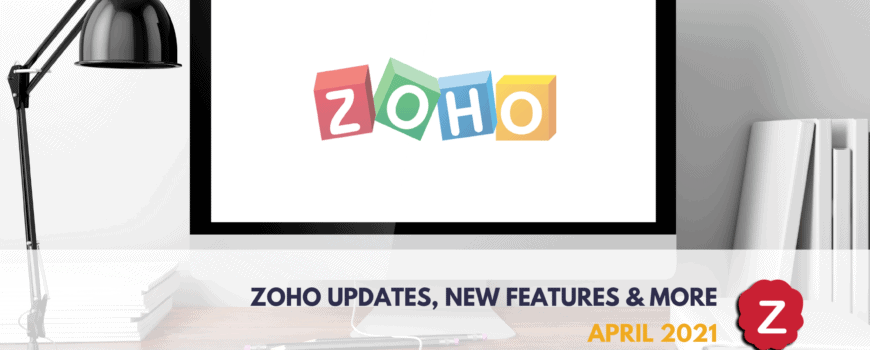
 New Features from Zoho
New Features from Zoho Application Updates from Zoho
Application Updates from Zoho Issues Notices from Zoho
Issues Notices from Zoho
 First, we start with our
First, we start with our 
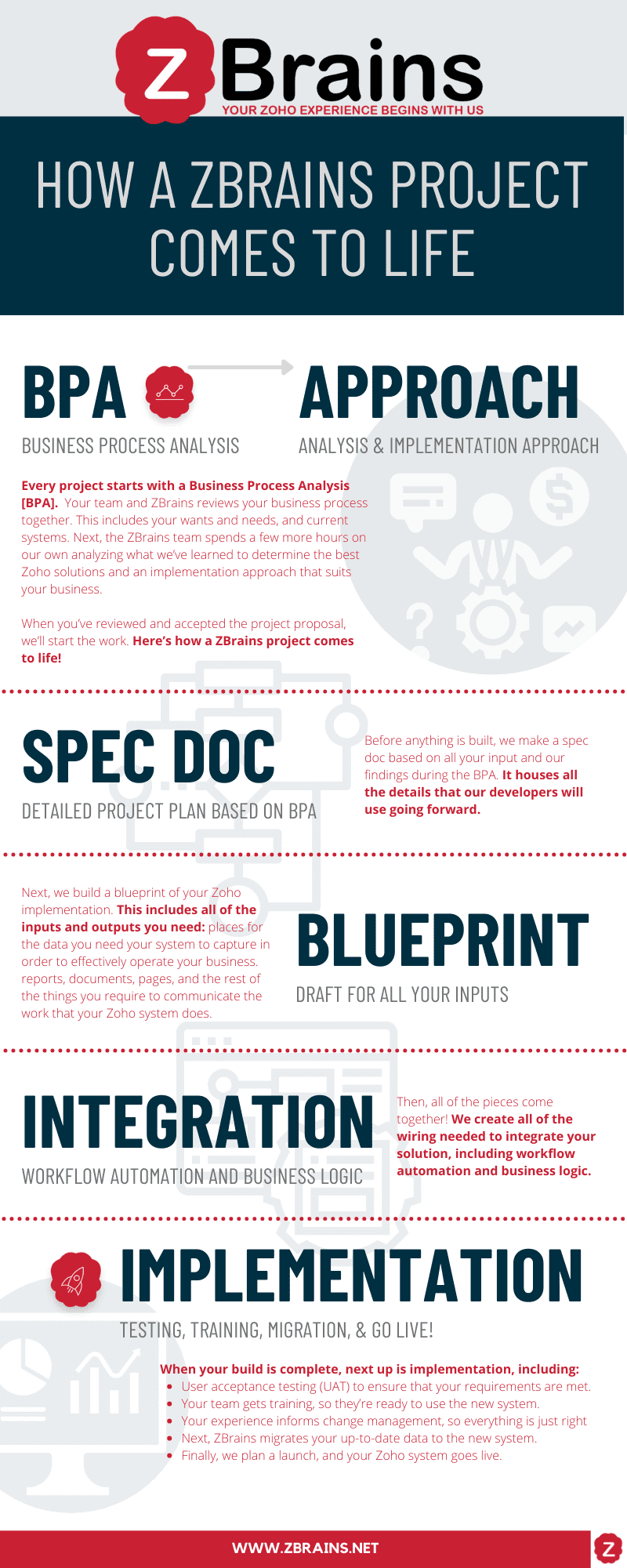


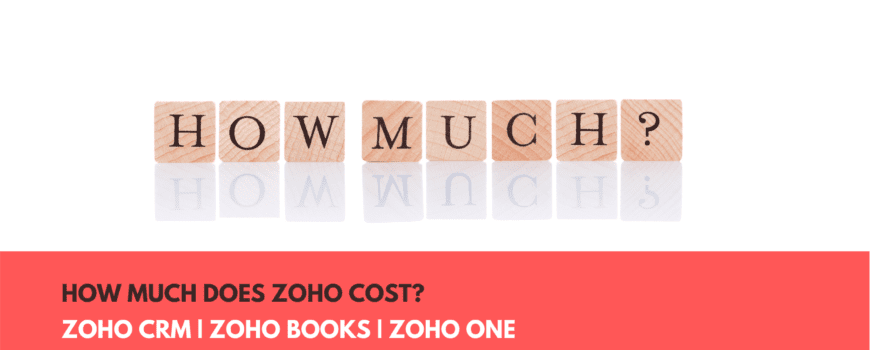
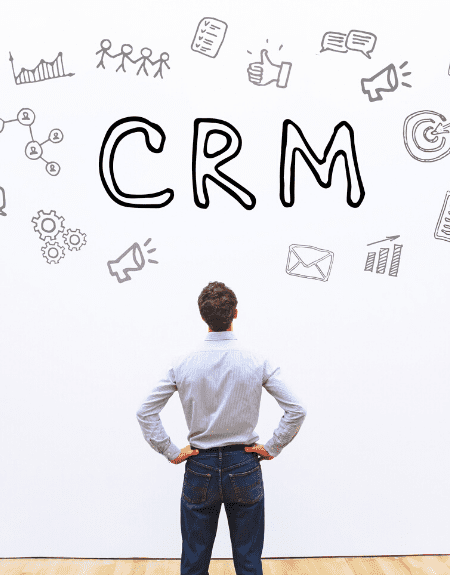







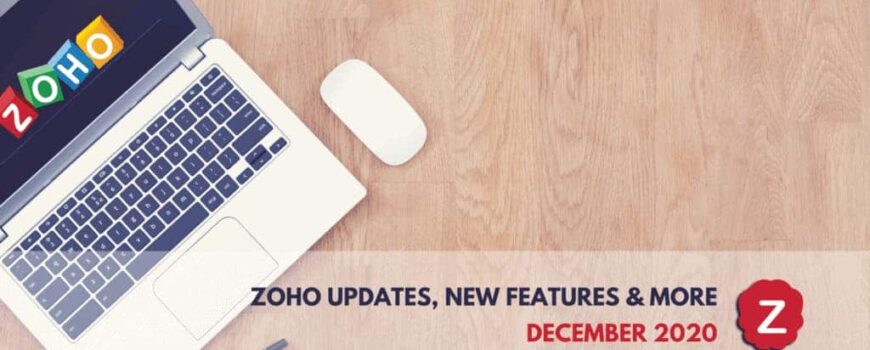
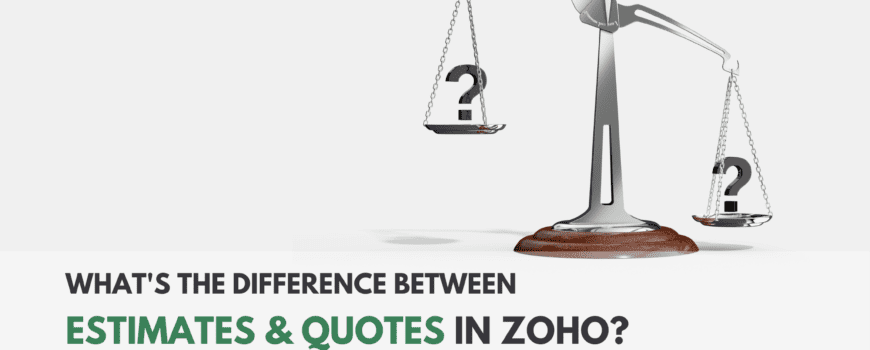
 “Quote” and “Estimate” are essentially the same in Zoho; however,
“Quote” and “Estimate” are essentially the same in Zoho; however, 